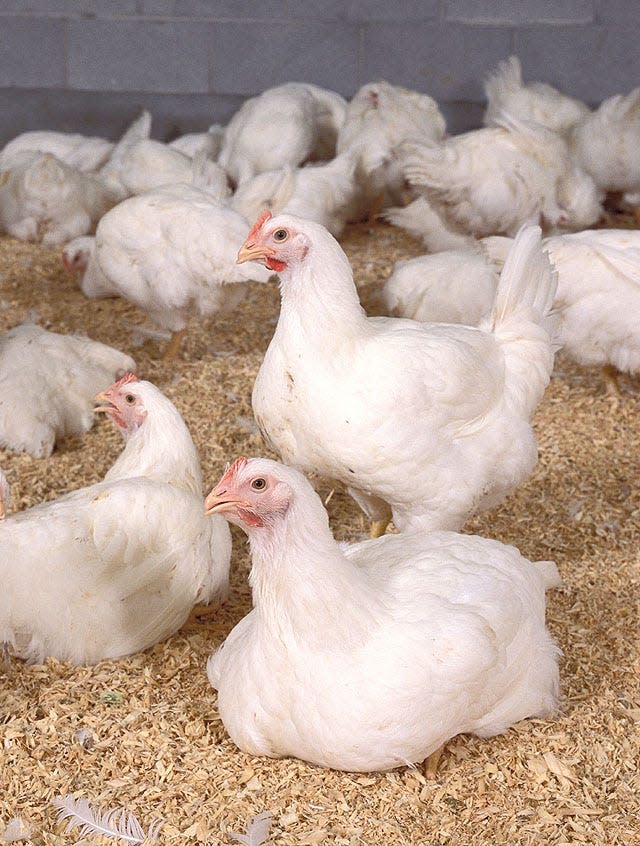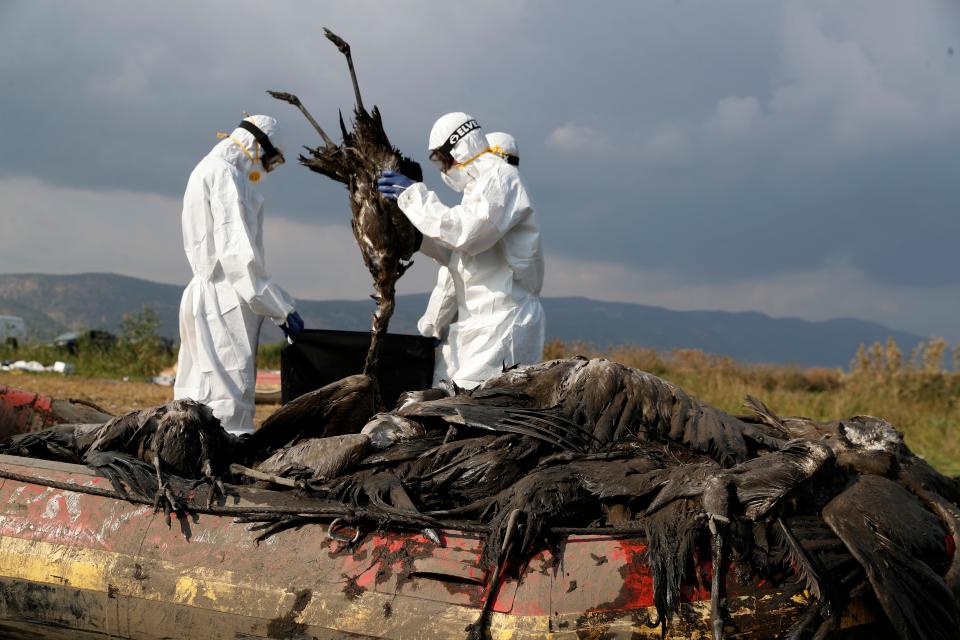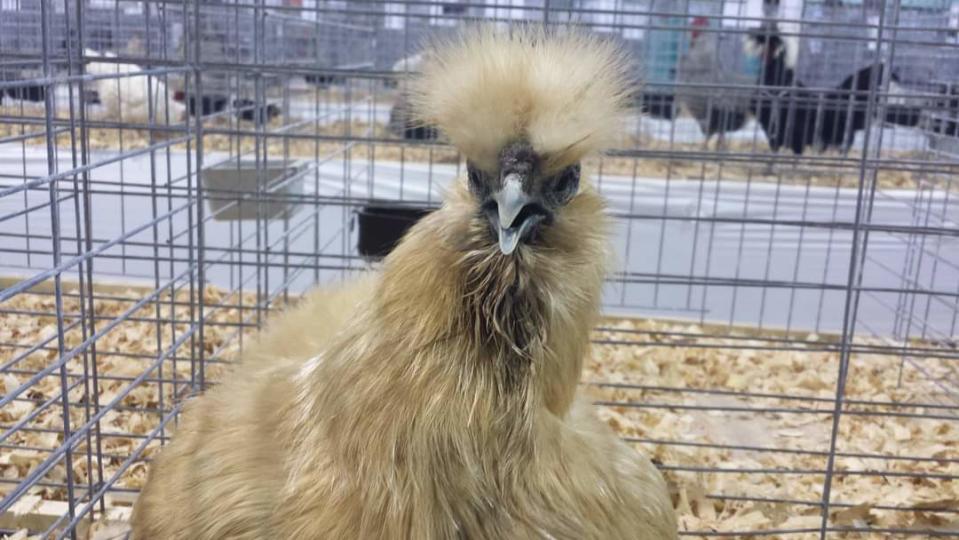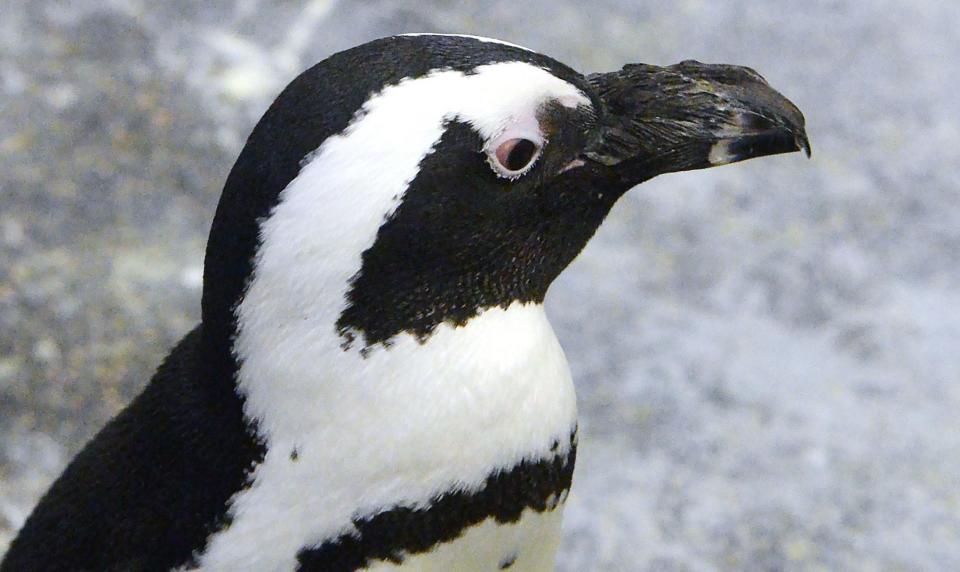Worst bird flu in years drives up egg prices, prompts precautions against spread to humans
With food prices rising rapidly, Francine Eubanks wasn’t even aware a highly contagious avian flu spreading across the country had suddenly edged egg costs higher for her busy bagel shop.
But her customers, like many across the country, are paying more for the bagels, knishes and pastries at her Bagel King deli in Deltona, Florida.
“I just raised my prices about four days ago,” Eubanks said last week. “I watch my profit and loss really closely, and when I see it going in the wrong direction, I raise my prices. Everybody has to pay more. It’s just sad.”
Egg prices more than doubled nationally in March, according to the Urner Barry Egg Index, a blend of egg values in the wholesale market. That’s in part because of the drastic measures taken to try to curb the spread of the mutating bird flu virus, the worst outbreak since 2014-2015.

More than 24 million domestic chickens, turkey and other domestic birds have been killed in the U.S. since February.
While the risk to people is low with this outbreak, scientists have rising concerns about the increasing threats of animal-borne viruses spreading to people. The Centers for Disease Control and Prevention recommends farmers, poultry workers and hunters take steps to protect themselves and contain the virus.
No human cases have been documented from this strain of the avian flu in the U.S., and only one was reported in Europe, said Todd Davis, lead of the CDC’s zoonotic virus team in virology surveillance. Eating poultry and eggs is safe, as long as they are fully cooked, the CDC said.
BIRD FLU: Bald eagles in 14 states have died amid bird flu outbreak
OUTBREAK: Zoos are sequestering birds as avian flu spreads across North America
Among birds, avian flu can be deadly and spread rapidly.
When it’s detected in a commercial poultry flock, federal rules require the birds to be killed to try to “stamp out” the virus, said Bryan Richards, emerging disease coordinator at the U.S. Geological Survey’s National Wildlife Health Center. One Iowa farm laid off more than 200 employees after an outbreak forced the destruction of 5.3 million laying hens.
The farm deaths ignited protests among animal rights activists. A woman quickly dubbed “glue girl” was removed from an NBA game between the Minnesota Timberwolves and the Los Angeles Clippers on April 13 after she sprayed adhesive on the court and tried to glue herself to the floor to protest the euthanasia of birds on a farm belonging to Timberwolves owner Glen Taylor.
Zoos in at least a half dozen states have shuttered aviaries to protect their birds. Backyard flock owners are keeping their chickens in and trying to keep wild waterfowl out of farm ponds to protect their birds.
After the virus was reported in 41 countries during the latter half of 2021, U.S. and Canadian officials were on high alert, swabbing live birds and ducks taken by hunters to monitor for it, Richards said.
This strain of the avian flu made its first appearance in North America in late November, in great black backed gulls in Newfoundland, where birds sometimes land after being blown across the Atlantic from Europe.
By April 18, the virus had taken flight in the U.S. and was reported in more than 230 counties in 37 states and at least six Canadian provinces. In addition to domestic chickens, turkeys and ducks, USGS data shows at least 32 species of wild birds have been infected in the U.S., including bald eagles, snowy owls, swans and white pelicans. This virus is not related to the still unidentified pathogen that made songbirds sick last year, Richards said.
Maps of the outbreak this spring showed the flu moving along the Missouri River basin, “very clearly on the wings” on migrating waterfowl, Richards said.
But the timing was fortunate because the flu began spreading just as the birds were dispersing, rather than being gathered in large winter congregations that could be “virus factories,” he said. An outbreak in Israel where 40,000 common cranes were gathered killed 8,000 of them in a matter of weeks.
Scientists are monitoring avian flu and other pathogens in animals more closely than ever because of the rising threat the viruses could spread to people, or back and forth between people and animals, mutating into different strains as they go.
The opportunities for new emerging pathogens to appear and spill over into people has increased in recent decades, researchers said. For example, Richards pointed to the COVID-19 virus, which was found in a host of captive and wild animals, including lions, tigers, gorillas, cats, dogs, deer and mink.
“We’ve created opportunities where wildlife, humans and domestic animals literally share time and space," he said. "Pathogens can leverage those opportunities.”

That potential has prompted calls from some scientists to strengthen reporting techniques and information sharing around the world to minimize the risk of another global pandemic.
This H5 strain of the avian flu has been evolving in the world’s birds since the late 1990s, mutating and swapping genes with other avian influenza, said the CDC’s Davis. One version of the virus has caused 863 human infections in 18 countries since 2003, according to the World Health Organization. Of those, 455 were fatal.
The strain circulating now lacks genetic characteristics associated with human infection. While catastrophic to poultry, the CDC considers the risk low to humans. The single European case was a person with no symptoms and prolonged exposure to ducks that lived indoors, Davis said. People who may be exposed by handling wild birds or working in affected commercial operations should be aware of the potential for infection and take extra precautions.
For example, hunters and individuals handling wild birds should wash their hands. People working to decontaminate poultry farms are advised to wear N95 face masks and gloves, and in some cases protective gowns. Davis said these people should also get tested if they experience any flu symptoms.
“There’s still things we don’t know,” such as the overall potential for exposure, he said. “So we want to be extra cautious, especially with the highly pathogenic strains.”
INDIANA FARM: Bird flu found on poultry farm in Indiana, nearly 30,000 turkeys killed to contain spread

Dead birds should be reported to state wildlife hotlines and bird watchers have been advised to avoid spreading mud from wetlands and swampy areas with their boots, cars and equipment.
American Poultry Association members who raise birds for enjoyment and show have also worked to protect their flocks from exposure, said David Adkins, secretary/treasurer and a competition judge. Georgia state officials canceled the association’s semi-annual show in February. Similar shows and fair exhibitions have been canceled in at least five states, including Iowa, North Carolina and Pennsylvania.
Adkins said he feels bad for youths in 4-H and Future Farmers of America chapters who haven’t been able to display the poultry they’ve raised.
Using toy stuffed birds to demonstrate their showmanship just isn’t the same, he said: “It’s hard on those kids when they spent the time raising their project.”
Richards and other scientists hope to see the impacts of the virus diminish as spring migration comes to a close. And they hope this outbreak doesn’t match the 2014-15 season, when 50 million birds were killed. That outbreak didn’t start in domestic poultry until April, and already this time the virus has been found in twice as many wild bird species and several times the number of individual wild birds.

This article originally appeared on USA TODAY: Bird flu is killing millions of birds in US, driving up egg prices
